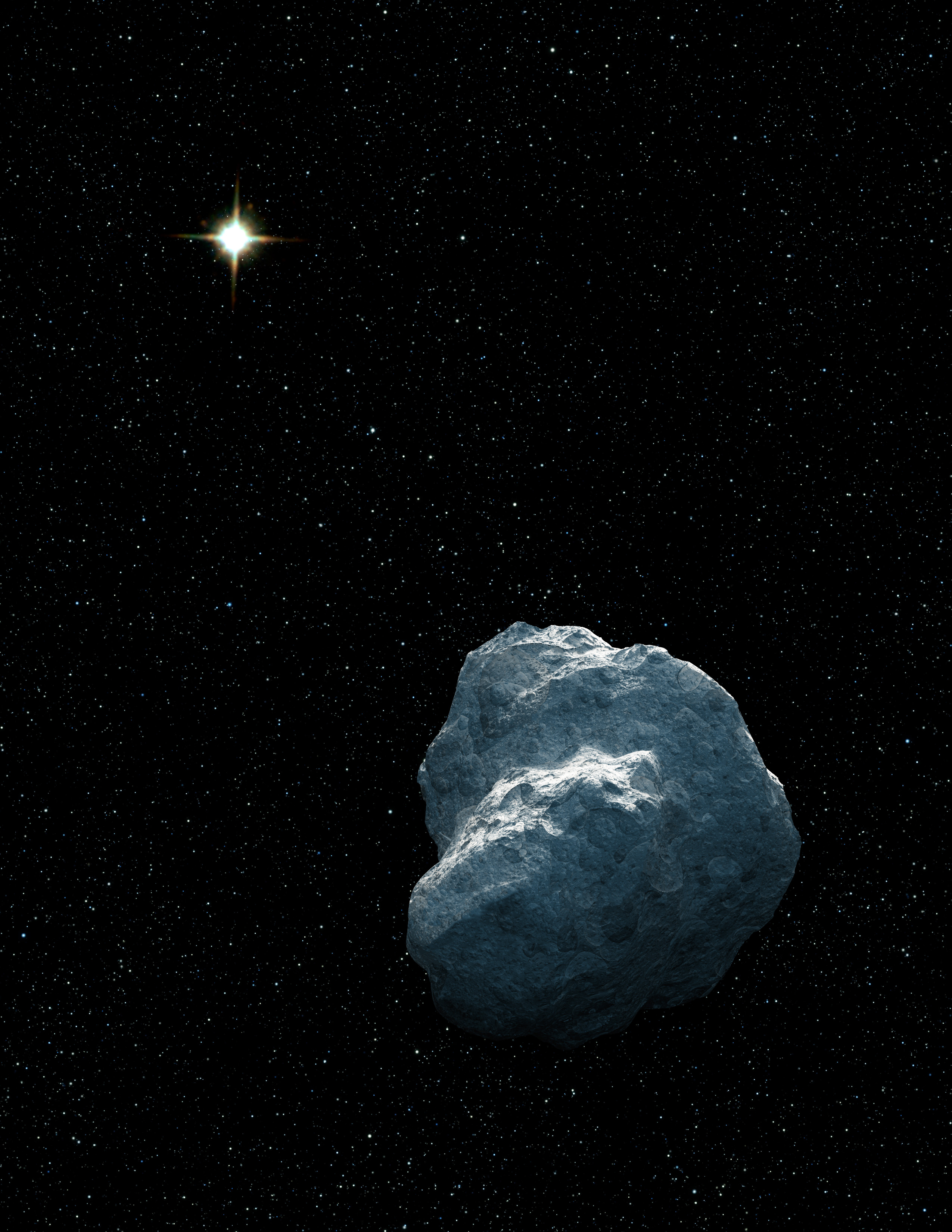[/caption]
Out beyond the orbit of Neptune lurk millions of icy bodies called Trans-Neptunian Objects. We haven’t found and seen them them all yet, but astronomers have theorized the numbers. However, since 1992, nearly a thousand TNOs have been observed. Most of them are very small and receive little sunlight, which makes them faint and difficult to spot. But a group of astronomers have devised a clever new technique to find TNOs and discovered 14 just by using archived data from the Hubble Space Telescope, and they hope to be able to uncover hundreds more.
“Trans-Neptunian objects interest us because they are building blocks left over from the formation of the solar system,” said lead author Cesar Fuentes.
As TNOs slowly orbit the sun, they move against the starry background, appearing as streaks of light in time exposure photographs. The team developed software to analyze hundreds of Hubble images hunting for such streaks. After promising candidates were flagged, the images were visually examined to confirm or refute each discovery.
Most TNOs are located near the ecliptic — a line in the sky marking the plane of the solar system (since the solar system formed from a disk of material). Therefore, the team searched within 5 degrees of the ecliptic to increase their chance of success.
The 14 objects include one binary system, kind of like a mini Pluto-Charon system. All were very faint, with most measuring magnitude 25-27 (more than 100 million times fainter than objects visible to the unaided eye).
Additionally, by measuring their motion across the sky, astronomers were able to calculate the orbit and distance for each object. Combining the distance and brightness (plus an assumed albedo or reflectivity), they then estimated the size. The newfound TNOs range from 25 to 60 miles (40-100 km) across.
Unlike planets, which tend to have very flat orbits (known as low inclination), some TNOs have orbits significantly tilted from the ecliptic (high inclination). The team examined the size distribution of TNOs with low- versus high-inclination orbits to gain clues about how the population has evolved over the past 4.5 billion years.
Generally, smaller trans-Neptunian objects are the shattered remains of bigger TNOs. Over billions of years, these objects smack together, grinding each other down. The team found that the size distribution of TNOs with low- versus high-inclination orbits is about the same as objects get fainter and smaller. Therefore, both populations (low and high inclination) have similar collisional histories.
This initial study examined only one-third of a square degree of the sky, meaning that there is much more area to survey. Hundreds of additional TNOs may be hiding in the Hubble archives at higher ecliptic latitudes. Fuentes and his colleagues intend to continue their search.
“We have proven our ability to detect and characterize TNOs even with data intended for completely different purposes,” Fuentes said.
This research has been accepted for publication in The Astrophysical Journal.
Source: CfA


Wow, this is great news:). I wonder if data from the giant ground telescopes is clear enough to use for this purpose?